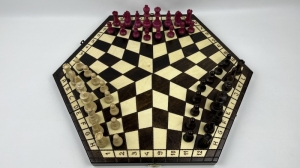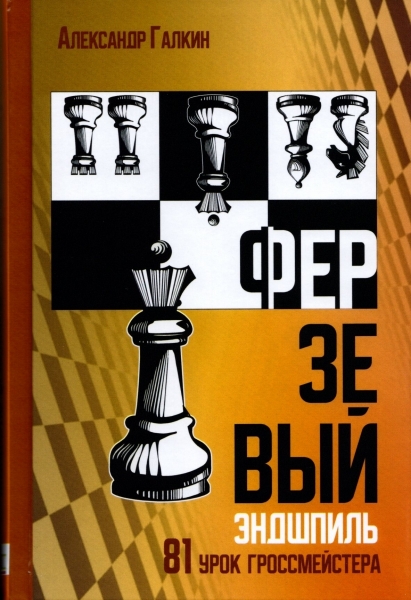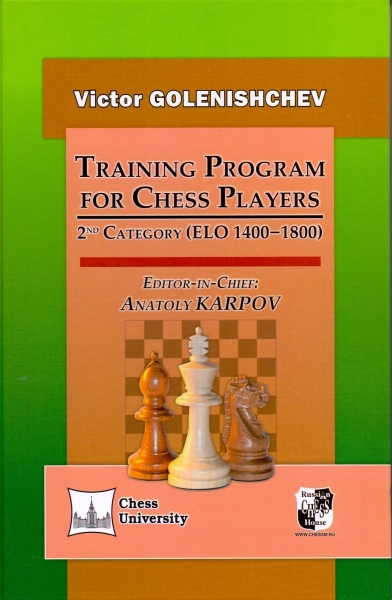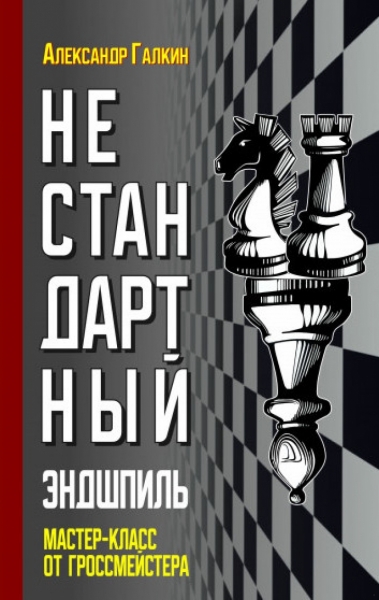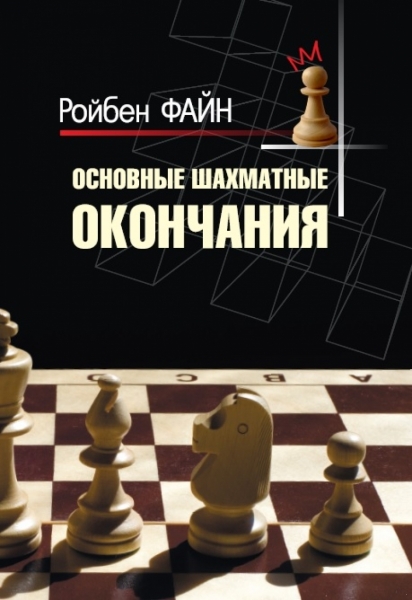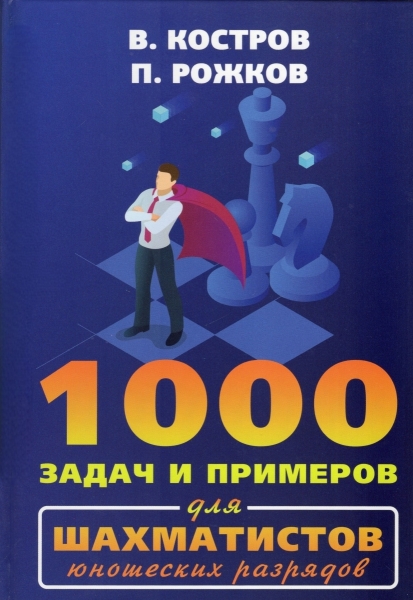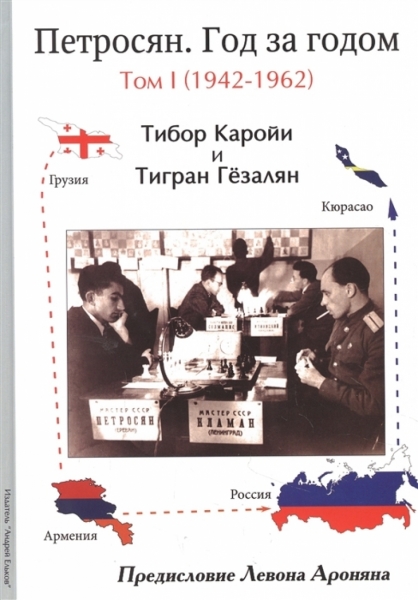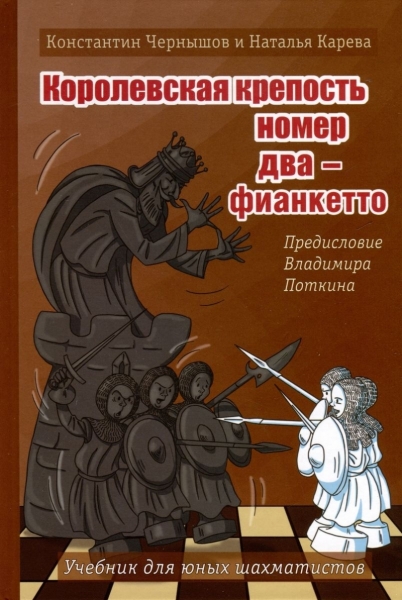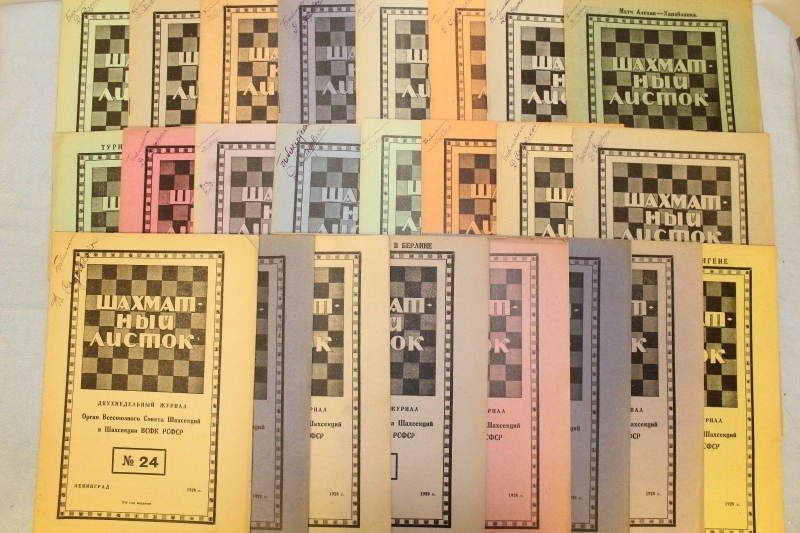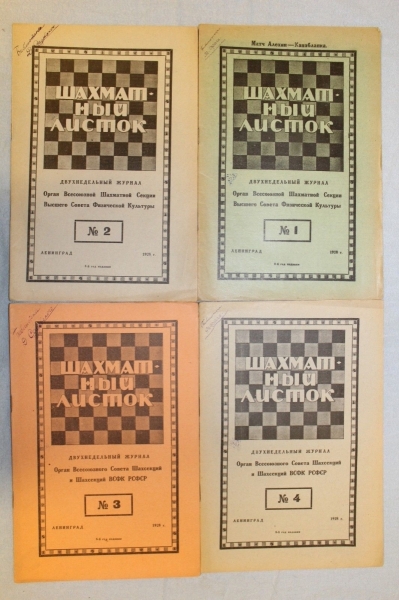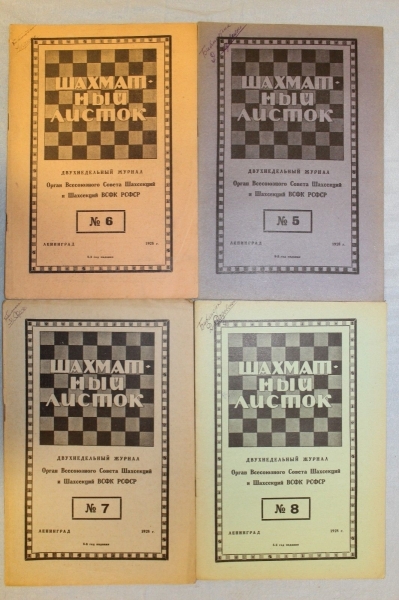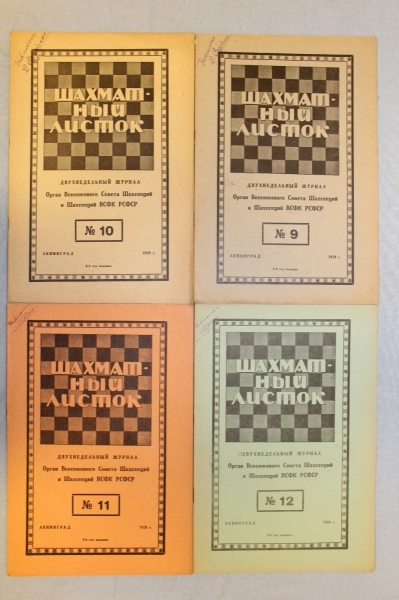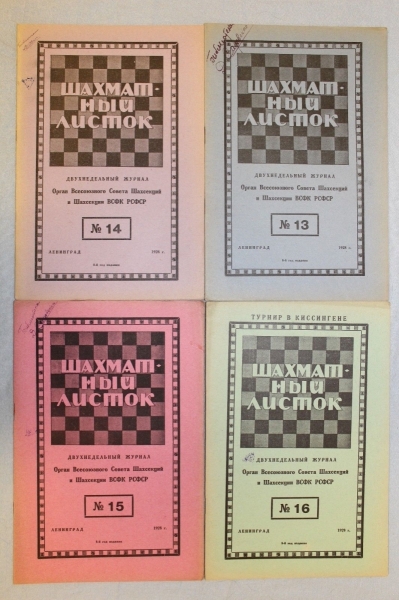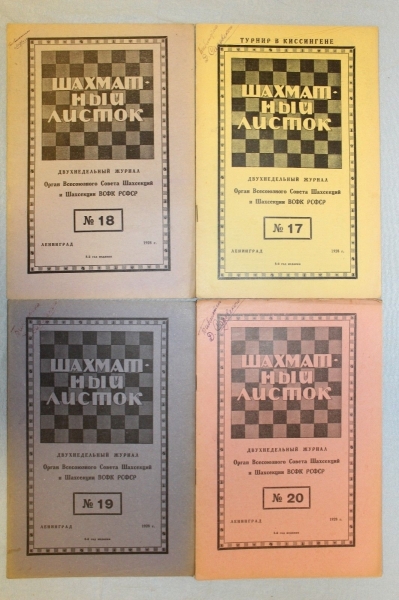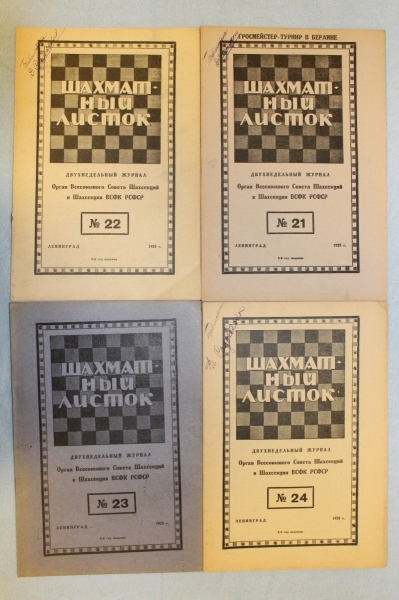Antique Russian Magazine Chess Sheet 1928. All issues for a year.
Description:
Title: Chess. 1928.
Publisher: the Supreme Council of physical culture, Publishing House Krasnaya Gazeta, 1928
Language: Russian
Number of issues: 24 issues for a year.
Condition: good
Chess in the USSR-Soviet chess monthly magazine, printed organ of the USSR Chess Federation. The magazine was founded in 1931 on the basis of the magazine "Chess leaf". As of 1987, it was distributed in 50 countries, with a total circulation of 52,000 copies. In 1995 the magazine was renamed "Chess in Russia". In 1999, the journal ceased to exist.
1921: began publication "chess Piece mug Petrovskomu". The first issue of April 20 (like all the others) really was a piece of paper: two chess games were shown on the front side, two more and a chronicle of chess events were located on the reverse side. The circulation was 200 copies By the end of the year was released 34 of the sheet (print up to 500 copies), and then publication was suspended.
August 1922: the edition was renamed into "Chess leaf" and became a magazine, an organ of the Petrograd chess collection (up to 1 thousand copies). In 1923, the magazine participated in the campaign to create the all-Russian chess Union, after which it became a printing body. After the III all-Union chess Congress (1924) the journal was transferred to the all-Union chess section of the Supreme Council of physical culture.
1931: from the 13th issue the magazine was named "Chess in the USSR". The first years were printed in Leningrad, since 1938 - in Moscow.
1941-1945: during the war the magazine did not leave.
1992: after the collapse of the USSR, "Chess in the USSR" United with "Express chess" and renamed "Chess Bulletin".
1995: renamed Chess in Russia.
1999: edition of the magazine.
EK-40
-
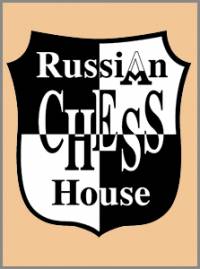 The life of a chess player in the system. Memories of the grandmaster
Author:
The life of a chess player in the system. Memories of the grandmaster
Author:
Averbah 45.00 $ -
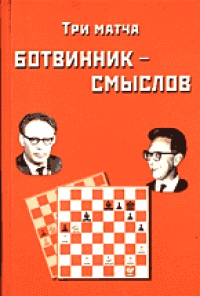 Три матча Ботвинник-Смыслов
Author:
Три матча Ботвинник-Смыслов
Author:
Botvinnik 45.00 $ -
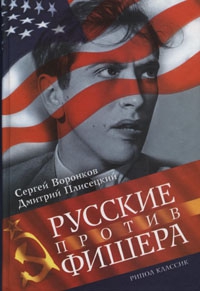 Russians vs Fisher
Author:
Russians vs Fisher
Author:
Voronkov 65.00 $ -
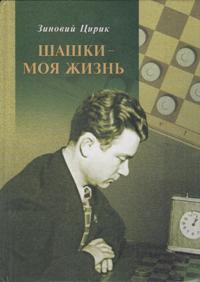 Checkers is my life
Author:
Checkers is my life
Author:
Ciric 87.50 $ -
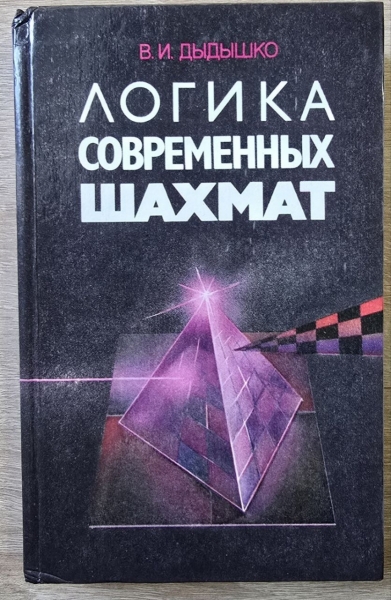 The logic of modern chess
Author:
The logic of modern chess
Author:
Dydyshko 72.50 $ -
 Siegbert Tarrasch. The Queen
Author:
Siegbert Tarrasch. The Queen
Author:
Tarrash 72.50 $ -
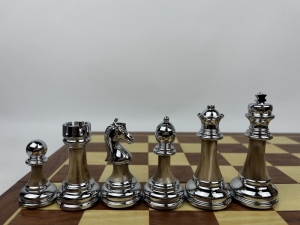 High quality acrylic metal heavy chess pieces with wooden board
202.50 $
High quality acrylic metal heavy chess pieces with wooden board
202.50 $
-
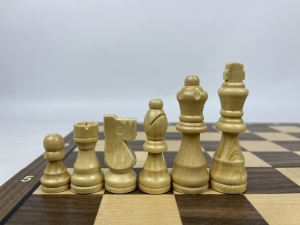 Wooden magnetic Staunton chess with a lock (silver)
56.25 $
Wooden magnetic Staunton chess with a lock (silver)
56.25 $
-
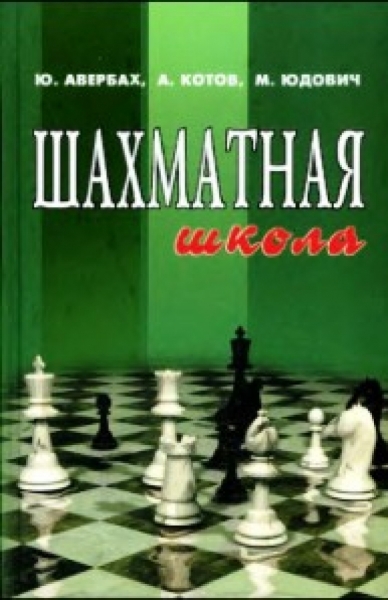 Chess school
Author:
Chess school
Author:
Averbah 15.00 $ -
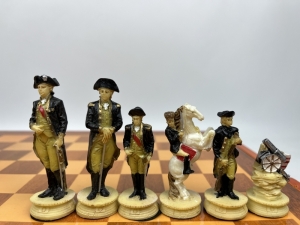 The chess set of The Chessmen. US war - Great Britain
325.00 $
The chess set of The Chessmen. US war - Great Britain
325.00 $
 Русский
Русский  Английский
Английский 